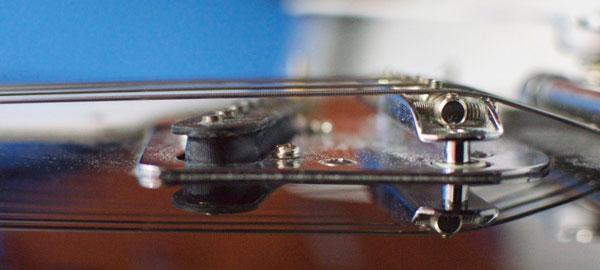
This event, recently termed an action potential and historically referred to as “spiking behaviour” or “electrical response activity”, is responsible for the major contraction of smooth muscle. Once the electrical activity reaches the smooth muscle, a further excitable event may occur. It is now widely accepted that slow wave activity is a spontaneous event that arises in the interstitial cells of Cajal (ICCs), and is then conducted to the surrounding smooth muscle.


Similar electrical activity exists within the human small intestine although the frequency varies between 8 and 12 cpm, depending on the distance from the pylorus. In the human stomach, there is rhythmic electrical activity with a normal frequency of approximately 3 cycles/min (cpm termed “slow wave activity”). Much of this work parallels work carried out in the Cardiome project, although there are clear anatomical and physiological deviations. In this paper we present an integrated biophysically based modelling framework for the gastrointestinal system, which is being used to examine electrical activity within the stomach and small bowel. However, GIOME related activities are beginning to appear at several research centres, as highlighted in this issue. In contrast, the gastrointestinal Physiome project (the GIOME) is still in its infancy. Since the beginning, momentum has continued in the Physiome project, with much effort focused on the heart and associated Cardiome project. One of the major aims of the overall Physiome concept is to develop multiscale mathematical and computer models that can be used to help understand human health. The long term goal of this project is to understand and describe the human organism, its physiology and its pathophysiology. In 2001, this project was designated as a major focus of the IUPS for the next decade. The concept of a “Physiome Project” was presented in a report from the Commission on Bioengineering in Physiology to the International Union of Physiological Sciences (IUPS) Council at the 32nd World Congress in Glasgow in 1993. This electrical modelling framework successfully replicates many of the qualitative features of the slow wave activity within the stomach and intestine and has also been used to investigate activity associated with functional uncoupling of the stomach. This simulated cell level activity is incorporated into a bidomain representation of the tissue, allowing electrical activity of the entire stomach or intestine to be simulated in the anatomically derived models. Electrical activity within individual ICCs and smooth muscle cells is simulated using a previously published simplified representation of the cell level electrical activity. These models explicitly incorporate the various smooth muscle layers and networks of interstitial cells of Cajal (ICC) that are known to exist within the walls of the stomach and small bowel. The continuum models used within this framework have been created using anatomical information derived from common medical imaging modalities and data from the Visible Human Project. Specifically, we present an anatomically and physiologically based modelling framework that is capable of simulating normal and pathological electrical activity within the stomach and small intestine. We present here a small facet of this broad plan that applies to the gastrointestinal system. One of the major aims of the International Union of Physiological Sciences (IUPS) Physiome Project is to develop multiscale mathematical and computer models that can be used to help understand human health.


 0 kommentar(er)
0 kommentar(er)
